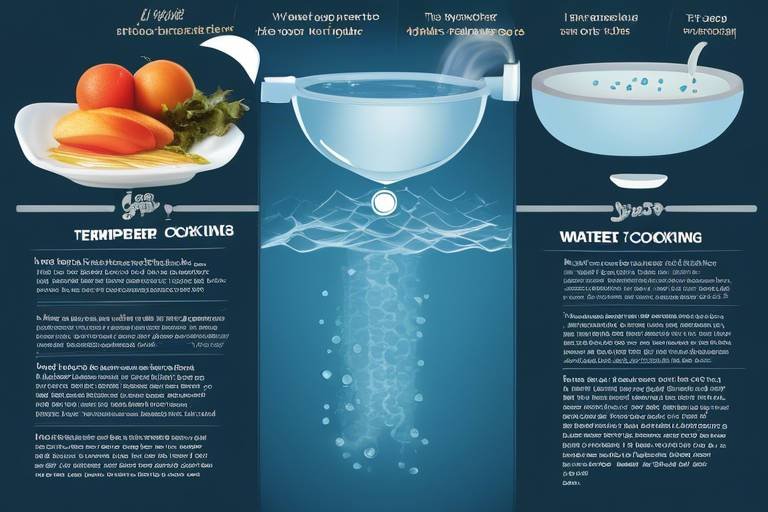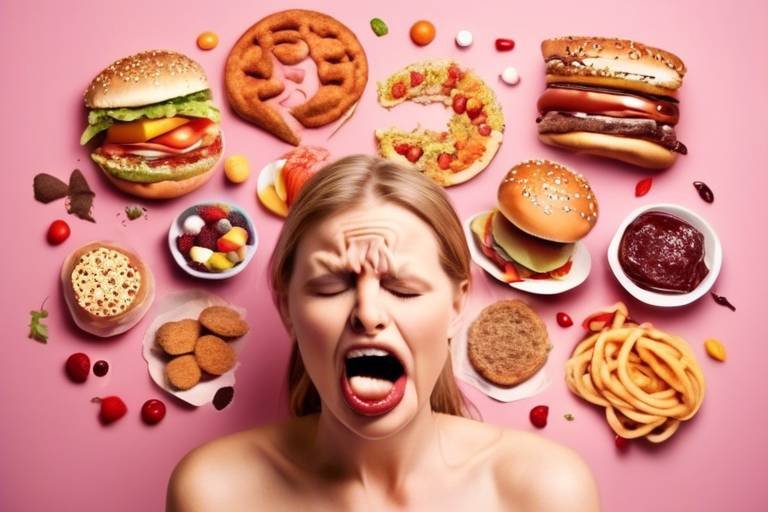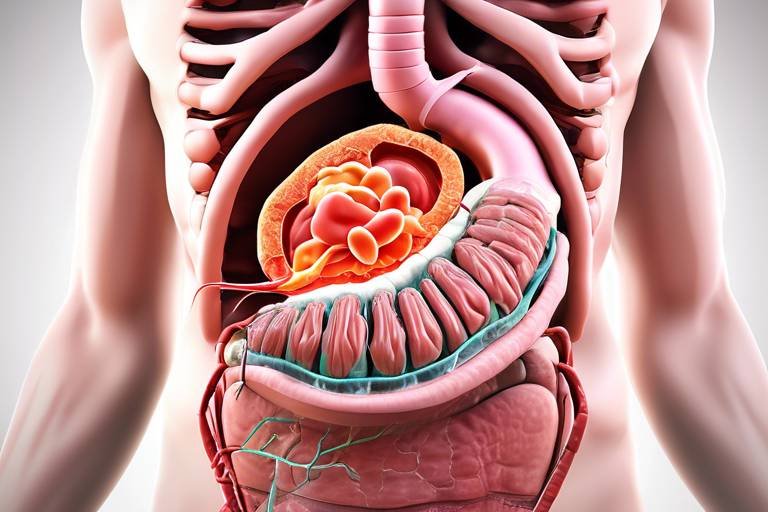How Water Temperature Affects Cooking - The Science Explained
Have you ever wondered why some dishes taste better than others, even when made with the same ingredients? The secret often lies in the temperature of the water used during cooking. Water temperature can dramatically influence the chemical reactions that occur in food, affecting everything from flavor to texture and even nutritional value. Understanding this relationship can elevate your cooking skills to a whole new level, making your meals not just edible, but truly delicious.
When we cook, we are not just applying heat; we are initiating a series of complex chemical reactions. These reactions can vary significantly based on the temperature of the water used. For instance, cooking pasta in boiling water allows the starches to gelatinize quickly, resulting in that perfect al dente texture. In contrast, simmering pasta in cooler water might lead to a mushy mess. It's like the difference between a race car zooming on a track and a bicycle leisurely cruising through a park—both are moving, but the outcomes are worlds apart.
Moreover, water temperature impacts how flavors are extracted from ingredients. Think of it this way: when you steep tea, the hotter the water, the quicker and more robust the flavor extraction. Similarly, when cooking with herbs and spices, the right temperature can either enhance or mute their flavors. This is why understanding how to manipulate water temperature can be a game changer in the kitchen.
In the following sections, we will dive deeper into the various cooking methods that utilize water, such as boiling and simmering, and explore how these techniques can either make or break a dish. So, buckle up as we embark on this flavorful journey through the science of water temperature in cooking!
Understanding how temperature affects cooking is crucial for achieving desired results. Different temperatures can alter the chemical reactions that occur during cooking, impacting flavor and texture. For example, when boiling water reaches its boiling point at 100°C (212°F), it creates a vigorous environment that can quickly cook food items, while simmering at around 85°C (185°F) allows for a gentler cooking process. This difference can be likened to a thunderstorm versus a gentle rain; both involve water, but the intensity and effects are vastly different.
Boiling and simmering are two common cooking techniques that utilize water. Boiling involves heating water to its boiling point, leading to rapid cooking, while simmering occurs at a lower temperature, allowing for more controlled heat. This section will delve into the differences between these methods and their effects on food, providing insights into when to use each technique for optimal results.
Boiling involves heating water to its boiling point, leading to rapid cooking. When you drop vegetables into boiling water, the intense heat causes their cells to break down quickly, which can lead to vibrant colors but also nutrient loss. This section explains the science behind boiling and its effects on various ingredients, highlighting the importance of timing and temperature.
Cooking vegetables in boiling water can affect their color, texture, and nutritional content. While boiling can make veggies tender and easier to digest, it can also leach out valuable nutrients. For instance, water-soluble vitamins like Vitamin C and certain B vitamins are particularly sensitive to heat and can dissolve into the cooking water. To retain these nutrients, consider using the boiling water in soups or sauces, or opt for steaming instead.
Boiling meat can yield tender results but may also lead to nutrient loss. When meat is boiled, the high temperature breaks down collagen, making it softer. However, this method can also wash away flavors and nutrients. If you're looking for a flavorful broth, boiling is great, but for a juicy steak, you might want to consider other cooking methods.
Simmering is a gentler cooking method that allows for more controlled heat. This technique enhances flavors and textures in dishes, making it ideal for soups and stews. The lower temperature preserves delicate ingredients while allowing flavors to meld beautifully. Think of simmering as a slow dance, where every step is intentional, leading to a harmonious blend of tastes.
Water temperature plays a significant role in flavor extraction during cooking. Different temperatures can enhance or mute flavors in various ingredients. For instance, herbs release their essential oils at different rates depending on the temperature of the water. By controlling the temperature, you can optimize flavor infusion and create dishes that are bursting with taste.
The extraction of flavors from herbs and spices is temperature-dependent. For example, adding fresh basil to a hot dish will release more flavor than if it were added to a cold dish. This subsection explains how to optimize flavor infusion through temperature control, ensuring that every herb and spice shines in your cooking.
Grains require specific water temperatures for optimal cooking. For example, rice typically cooks best in boiling water, while quinoa benefits from a simmer. This section outlines how temperature affects the texture and taste of grains, helping you achieve that perfect fluffy result every time.
Cooking at the right water temperature can help retain nutrients in food. This section discusses how temperature impacts the nutritional value of various ingredients, emphasizing the importance of mindful cooking practices to preserve health benefits.
Certain vitamins are sensitive to heat and water. For instance, Vitamin C can degrade at high temperatures, while others may leach into cooking water. This subsection explores which nutrients are most affected by cooking temperatures and methods, providing tips on how to preserve the nutritional integrity of your meals.
Proteins can also be sensitive to temperature. Overcooking can lead to tough, dry textures, while undercooking can pose health risks. This part examines how different cooking temperatures affect the integrity and nutritional quality of protein-rich foods, ensuring you serve safe and delicious meals.
This section provides practical advice for home cooks on how to manage water temperature effectively for better cooking results. Whether you're a beginner or a seasoned chef, these tips will help you harness the power of temperature in your kitchen.
A cooking thermometer can be a valuable tool for achieving the right temperature. This subsection discusses how to use it effectively in the kitchen, ensuring that you cook your food to perfection every time.
Understanding the relationship between temperature and cooking times can enhance your culinary skills. This part offers tips on adjusting cooking times based on water temperature, helping you become a more intuitive cook.
- How does water temperature affect cooking times? Different temperatures can significantly change how long it takes to cook food. Boiling tends to cook food faster than simmering.
- Can I use cold water for cooking grains? While you can start with cold water, it often requires longer cooking times. It's best to follow specific recipes for optimal results.
- Is it better to boil or simmer vegetables? Simmering is generally better for retaining nutrients and flavor, while boiling can lead to nutrient loss.
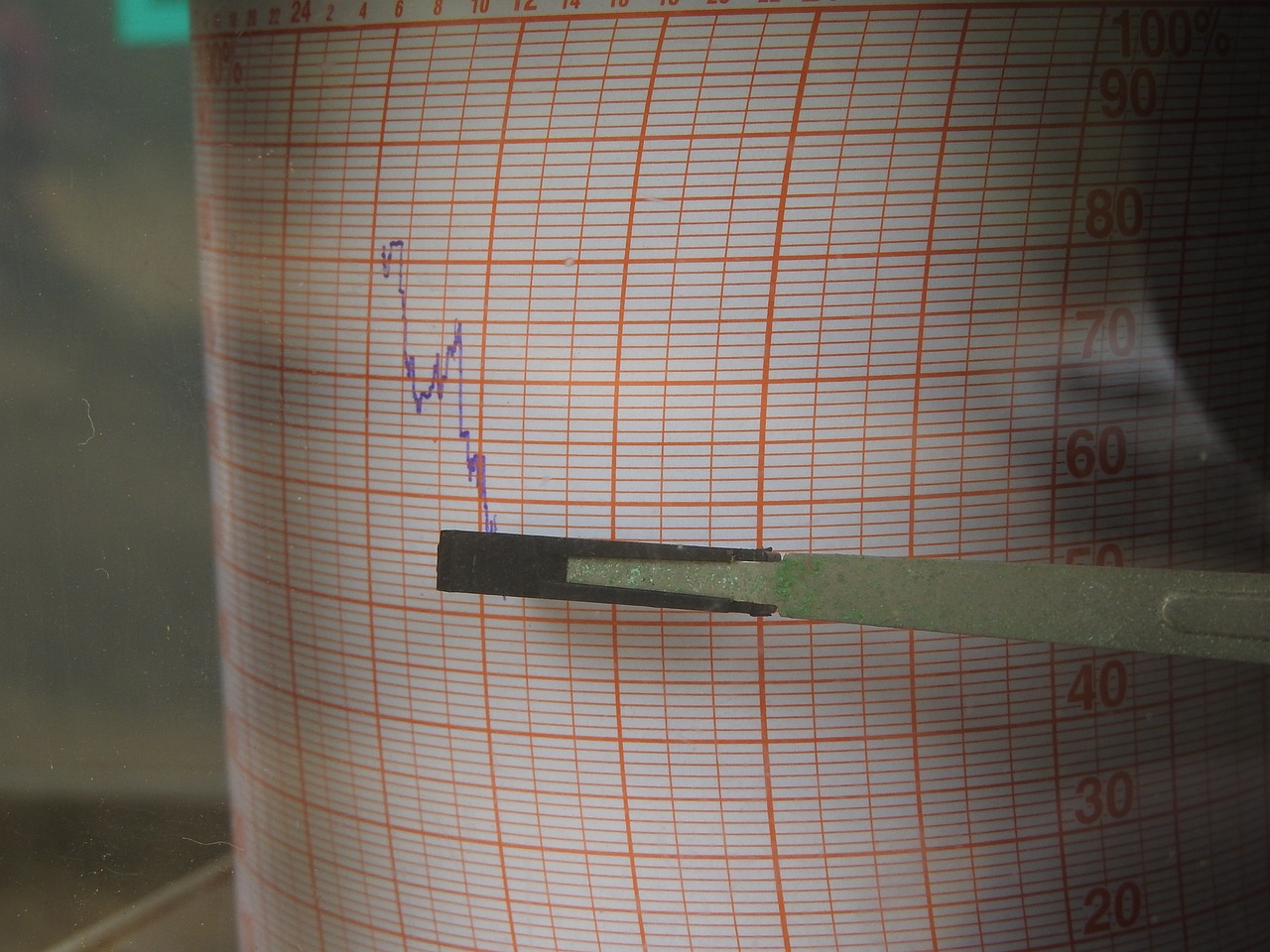
The Role of Temperature in Cooking
Understanding how temperature affects cooking is crucial for achieving the desired results in the kitchen. Just as a painter carefully selects colors to create a masterpiece, a chef must consider the heat applied to their ingredients. Different temperatures can alter the chemical reactions that occur during cooking, which in turn impacts the flavor, texture, and nutritional value of food. Think of temperature as the conductor of an orchestra—when it's just right, everything comes together harmoniously.
When we cook, we are not just applying heat; we are initiating a series of transformations. For instance, when you heat water to a boil, the rapid movement of molecules causes food to cook quickly. On the other hand, simmering involves a gentler heat that allows for more subtle changes, enhancing flavors without compromising the integrity of the ingredients. This delicate balance is what makes cooking both an art and a science.
To illustrate the importance of temperature, consider the following table that highlights the effects of different cooking temperatures on various types of food:
| Cooking Method | Temperature Range (°F) | Effect on Food |
|---|---|---|
| Boiling | 212°F | Rapid cooking, potential nutrient loss |
| Simmering | 180°F - 205°F | Gentle cooking, enhanced flavors |
| Steaming | 212°F | Retains nutrients, preserves texture |
| Poaching | 160°F - 180°F | Softens food without losing moisture |
As seen in the table, the choice of cooking method and the corresponding temperature can dramatically influence the outcome of a dish. For example, boiling vegetables may lead to a vibrant color initially, but prolonged exposure can result in a mushy texture and nutrient depletion. Conversely, simmering allows the vegetables to retain their shape and vibrant hues while enhancing their natural flavors.
Furthermore, understanding the role of temperature in cooking can help you make informed decisions about how to prepare your meals. Whether you're aiming for a tender piece of meat or perfectly cooked grains, knowing the right temperature to use is essential. It’s like having a secret weapon in your culinary arsenal—one that can elevate your dishes from ordinary to extraordinary!
In conclusion, the role of temperature in cooking cannot be overstated. It is the key to unlocking the full potential of your ingredients, transforming them into delicious meals that delight the senses. So, the next time you step into the kitchen, remember: temperature is your ally in the quest for culinary perfection.
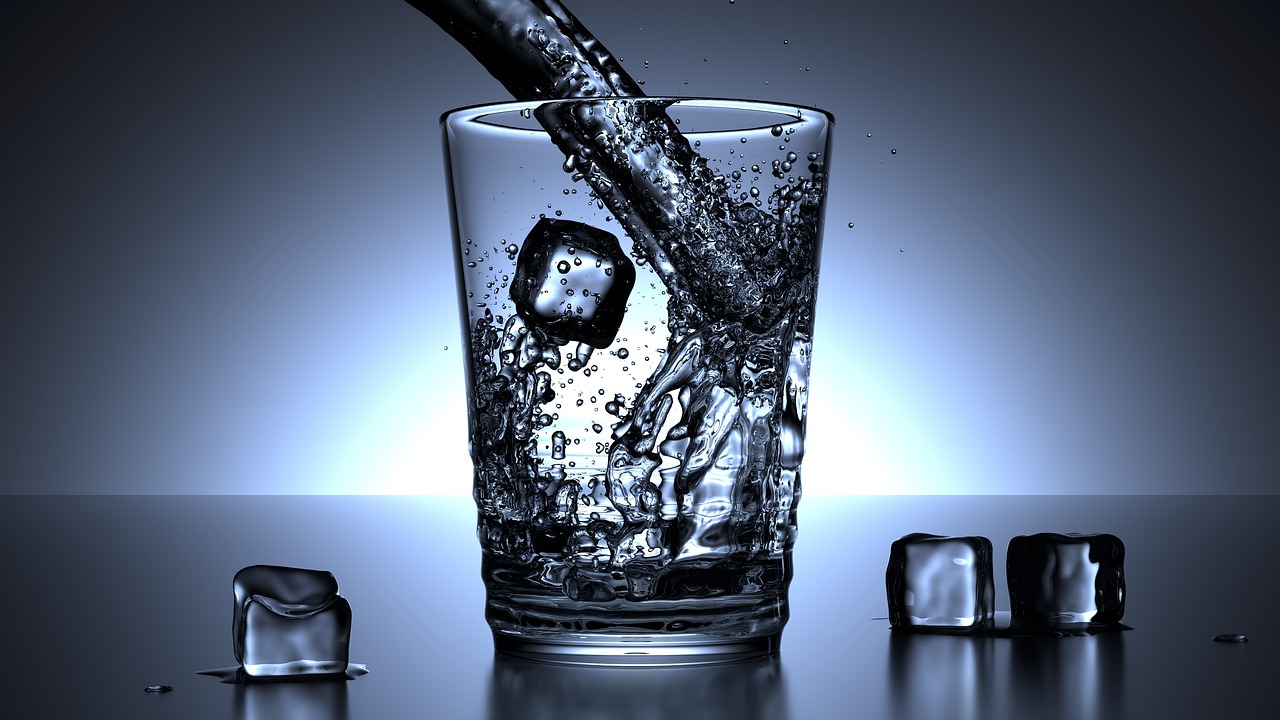
Boiling vs. Simmering
When it comes to cooking, the terms boiling and simmering often pop up, but they are not interchangeable. Understanding the key differences between these two techniques can significantly impact the outcome of your dishes. Boiling involves heating water to a rolling state, typically around 100 degrees Celsius (212 degrees Fahrenheit), where large bubbles rapidly rise to the surface. This high temperature is fantastic for cooking foods quickly, but it can also lead to some drawbacks, especially when it comes to delicate ingredients.
On the other hand, simmering is a gentler approach. It occurs at a lower temperature, usually between 85 to 95 degrees Celsius (185 to 203 degrees Fahrenheit), where small bubbles form but do not break the surface violently. This method allows for a more controlled cooking environment, which can enhance the flavors and textures of your dishes. For instance, when simmering, the ingredients have time to meld together, creating a harmonious blend of flavors.
To illustrate the differences further, consider the following table:
| Cooking Method | Temperature | Characteristics | Best For |
|---|---|---|---|
| Boiling | 100°C (212°F) | Rapid bubbling, high agitation | Pasta, potatoes, blanching vegetables |
| Simmering | 85-95°C (185-203°F) | Gentle bubbles, low agitation | Soups, stews, sauces |
Both methods have their place in the kitchen, and choosing the right one can make all the difference in your culinary creations. For example, boiling is ideal for cooking pasta, as it allows the noodles to cook evenly and quickly. However, if you were to boil a delicate piece of fish, you might end up with a rubbery texture instead of the flaky tenderness you desire. In contrast, simmering is perfect for dishes like chili or stews, where you want the flavors to develop slowly without losing the integrity of the ingredients.
In conclusion, while boiling and simmering may seem similar, they serve distinct purposes in cooking. By mastering both techniques and knowing when to use each, you can elevate your home cooking to new heights. So, the next time you're in the kitchen, remember: the right technique can make all the difference!

The Science of Boiling
Boiling is a fundamental cooking technique that involves heating water to its boiling point, which is typically around 100 degrees Celsius (212 degrees Fahrenheit) at sea level. This process creates bubbles of vapor that rise to the surface, resulting in a vigorous movement of water. The rapid cooking that occurs during boiling can be likened to a rollercoaster ride for your ingredients—fast, exciting, and sometimes a bit chaotic! But what’s really happening at the molecular level during this process?
When water reaches its boiling point, the heat energy causes the water molecules to move rapidly, breaking the bonds between them. This state of motion allows the water to effectively transfer heat to whatever is submerged, whether it’s pasta, vegetables, or meat. The high temperature ensures that food cooks quickly, which can be advantageous for certain recipes. However, this speed comes with its own set of pros and cons.
One of the main advantages of boiling is that it can significantly enhance the tenderness of certain foods. For instance, when you boil tough cuts of meat, the collagen breaks down, resulting in a more palatable texture. However, this rapid cooking can also lead to nutrient loss, especially for delicate vegetables that may lose their vibrant color and essential vitamins. To illustrate this point, consider the following table that summarizes the effects of boiling on various food types:
| Food Type | Effects of Boiling |
|---|---|
| Vegetables | Loss of color, texture, and some vitamins (e.g., Vitamin C) |
| Meat | Tenderness increases, but potential nutrient loss (e.g., B vitamins) |
| Pasta | Softens and absorbs water, enhancing flavor and texture |
In essence, boiling is like a double-edged sword; it can make food tender and palatable, but it can also strip away some of the nutrients we need. This is particularly true for vegetables that are boiled for extended periods. To minimize nutrient loss, it’s often recommended to boil vegetables for just a few minutes and to use the least amount of water necessary. This way, you can preserve not only the color and texture but also the nutritional value.
Additionally, the type of food being boiled plays a crucial role in determining the cooking time and the final outcome. For example, small pasta shapes will cook much faster than large chunks of meat. Understanding these differences can help you achieve the best results in your cooking endeavors. So, the next time you’re boiling something, remember that it’s not just about getting the water to a rolling boil; it’s about managing the heat and time to create the perfect dish.
- What is the ideal boiling time for vegetables? Generally, vegetables should be boiled for 3-5 minutes to retain their nutrients and color.
- Can I reuse boiling water? Yes, you can reuse boiling water for cooking other foods, but be mindful of any flavors that may transfer.
- Does boiling water kill all bacteria? Boiling water is effective at killing most bacteria, but some spores may survive. It's always best to ensure food is cooked thoroughly.
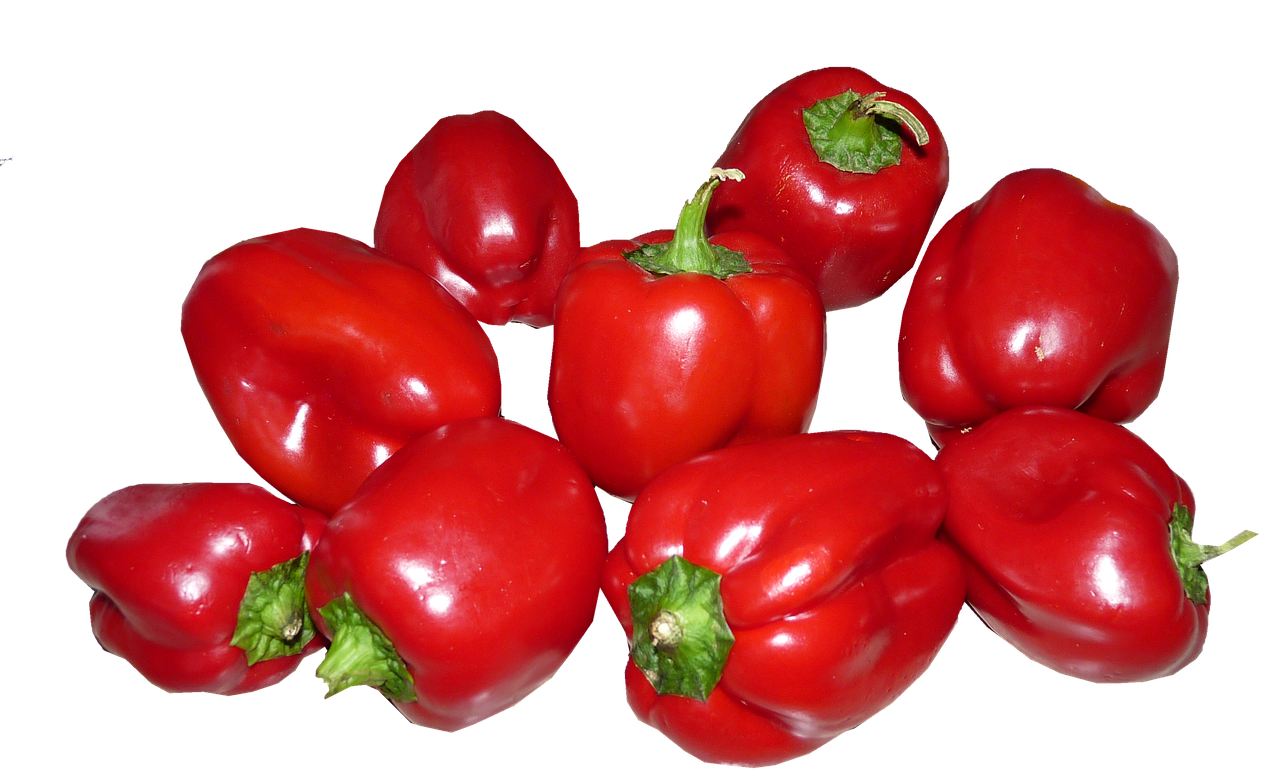
Impact on Vegetables
When it comes to cooking vegetables, the temperature of the water plays a pivotal role in determining their final taste, texture, and nutritional value. Boiling vegetables is a common method, but it’s essential to understand how this technique affects the produce. For instance, when vegetables are boiled, they are submerged in water that reaches a temperature of 100°C (212°F). This high heat can lead to rapid cooking, but it comes with its own set of consequences.
One of the most noticeable effects of boiling is the change in color and texture. Bright green vegetables, like broccoli and green beans, can lose their vibrant hue if boiled for too long. This happens due to the breakdown of chlorophyll, the pigment that gives them their color. Overcooking can also result in a mushy texture that is far from appealing. On the other hand, a quick blanching in boiling water followed by an ice bath can preserve both color and crunch, making the vegetables look fresh and appetizing.
Moreover, boiling can lead to significant nutrient loss, especially when it comes to water-soluble vitamins like Vitamin C and some B vitamins. These nutrients can leach into the cooking water, which often gets discarded. To minimize nutrient loss, it’s advisable to use just enough water to cover the vegetables and to avoid overcooking them. A study has shown that boiling broccoli can result in a loss of up to 50% of its Vitamin C content if cooked for too long.
Interestingly, not all vegetables are affected equally by boiling. For example, root vegetables like carrots and potatoes tend to hold up better under high temperatures, retaining their flavor and nutrients more effectively. In contrast, leafy greens like spinach and kale can quickly become limp and lose their vibrant colors. Therefore, timing is crucial when boiling vegetables, and it pays to know the optimal cooking times for different types.
| Vegetable | Optimal Boiling Time (minutes) | Color Retention | Nutrient Retention |
|---|---|---|---|
| Broccoli | 3-5 | Good | Moderate |
| Carrots | 5-7 | Excellent | High |
| Spinach | 2-3 | Fair | Low |
| Potatoes | 10-15 | Excellent | High |
In conclusion, understanding the impact of water temperature and boiling time on vegetables is essential for anyone looking to enhance their cooking skills. By paying attention to these factors, you can create dishes that are not only delicious but also packed with nutrients. Remember, the goal is to strike a balance between cooking your vegetables thoroughly while preserving their natural flavors and health benefits. So, the next time you boil vegetables, keep these tips in mind, and you’ll be on your way to achieving culinary perfection!
- How can I tell if my vegetables are overcooked? Look for a dull color and mushy texture. Ideally, they should be tender yet crisp.
- Is boiling the best method for cooking vegetables? Not necessarily. Steaming or sautéing can often preserve more nutrients and flavor.
- Can I reuse boiling water for other dishes? Yes! If the water is clean and hasn’t been contaminated, it can be used for soups or stocks.
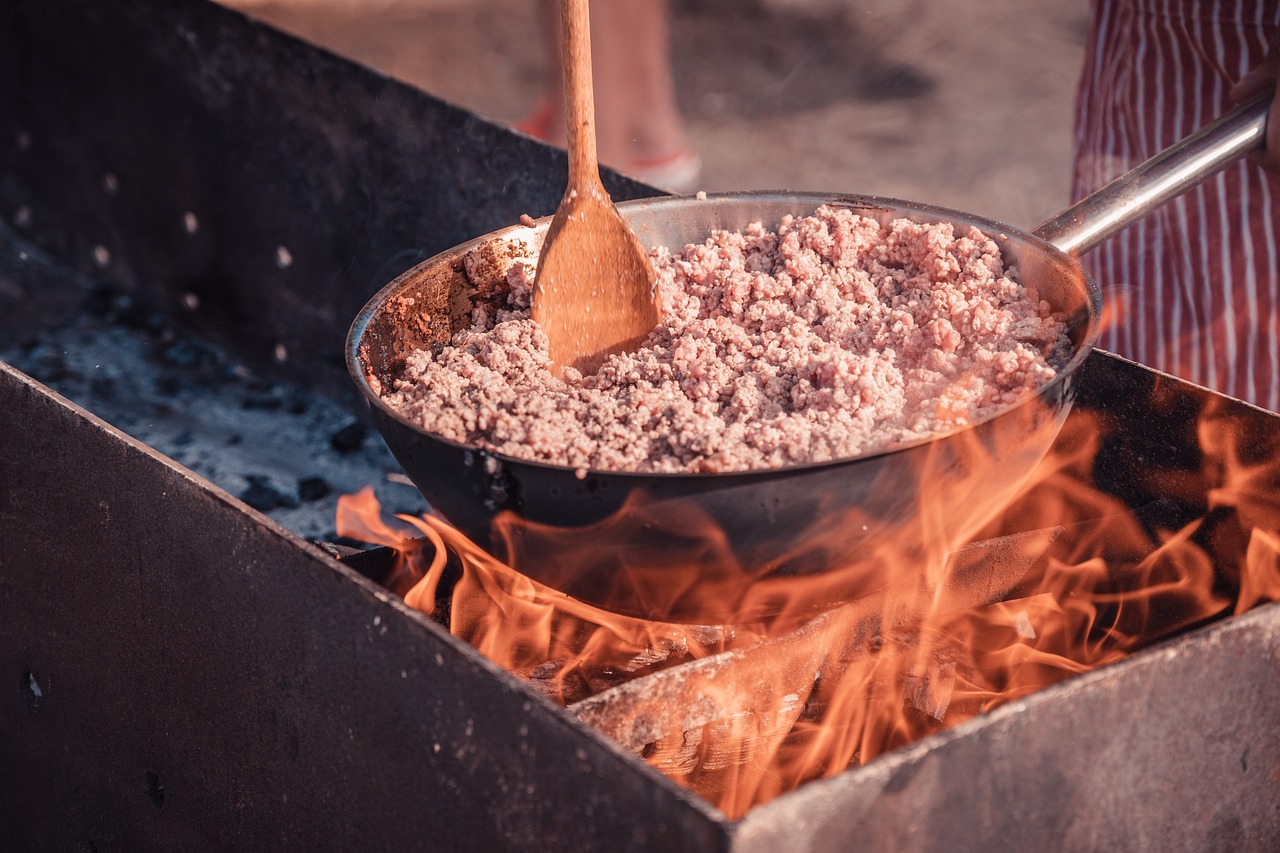
Meat and Boiling
When it comes to cooking meat, boiling is often seen as a straightforward method that can yield tender results. However, the process is not as simple as it seems. Boiling meat involves submerging it in water heated to its boiling point, typically around 212°F (100°C). This high temperature can break down the connective tissues in tougher cuts of meat, transforming them into something tender and juicy. But there’s a catch! While boiling can indeed soften meat, it can also lead to significant nutrient loss and a dilution of flavor.
You might be wondering, how does boiling affect the flavor of meat? Well, when meat is boiled, it releases some of its natural juices into the water. This can create a flavorful broth, but it also means that some of the meat's inherent flavors are lost in the process. This is particularly true for lean cuts of meat, which can easily dry out if boiled for too long. In contrast, tougher cuts like brisket or chuck roast can thrive in boiling water because the extended cooking time allows for the breakdown of collagen, resulting in a melt-in-your-mouth texture.
Here’s a quick breakdown of the pros and cons of boiling meat:
- Pros:
- Tenderizes tough cuts of meat
- Creates a flavorful broth
- Simple and requires minimal supervision
- Cons:
- Potential nutrient loss
- Flavor dilution
- Can result in a less appealing texture if overcooked
To maximize flavor while boiling meat, consider the following tips:
- Choose the right cut: Opt for tougher cuts that benefit from long cooking times, such as shank or shoulder.
- Season the water: Add herbs, spices, and aromatics to the boiling water to infuse the meat with flavor.
- Monitor cooking time: Keep an eye on the clock! Overcooking can result in rubbery and dry meat.
In conclusion, boiling meat can be a fantastic cooking method when done correctly. It offers the potential for tender, flavorful results, but it’s essential to be mindful of the cooking time and the cuts of meat you choose. By understanding the science behind boiling and applying these practical tips, you can elevate your cooking game and create delicious, satisfying meals.
1. Is boiling meat healthy?
Boiling meat can be healthy, especially when using lean cuts. However, it may lead to some nutrient loss, particularly water-soluble vitamins. To counteract this, consider using the broth in soups or sauces.
2. How long should I boil meat?
The boiling time depends on the type of meat and its cut. Generally, tougher cuts may require 1-2 hours, while lean cuts may only need 30-45 minutes. Always check for doneness!
3. Can I boil meat with vegetables?
Absolutely! Boiling meat with vegetables can enhance the flavor of both the meat and the broth. Just be sure to add vegetables that cook at a similar rate to the meat.
4. Does boiling meat make it tough?
Boiling meat can make it tough if overcooked. It’s crucial to monitor the cooking time and choose the right cuts to ensure tenderness.
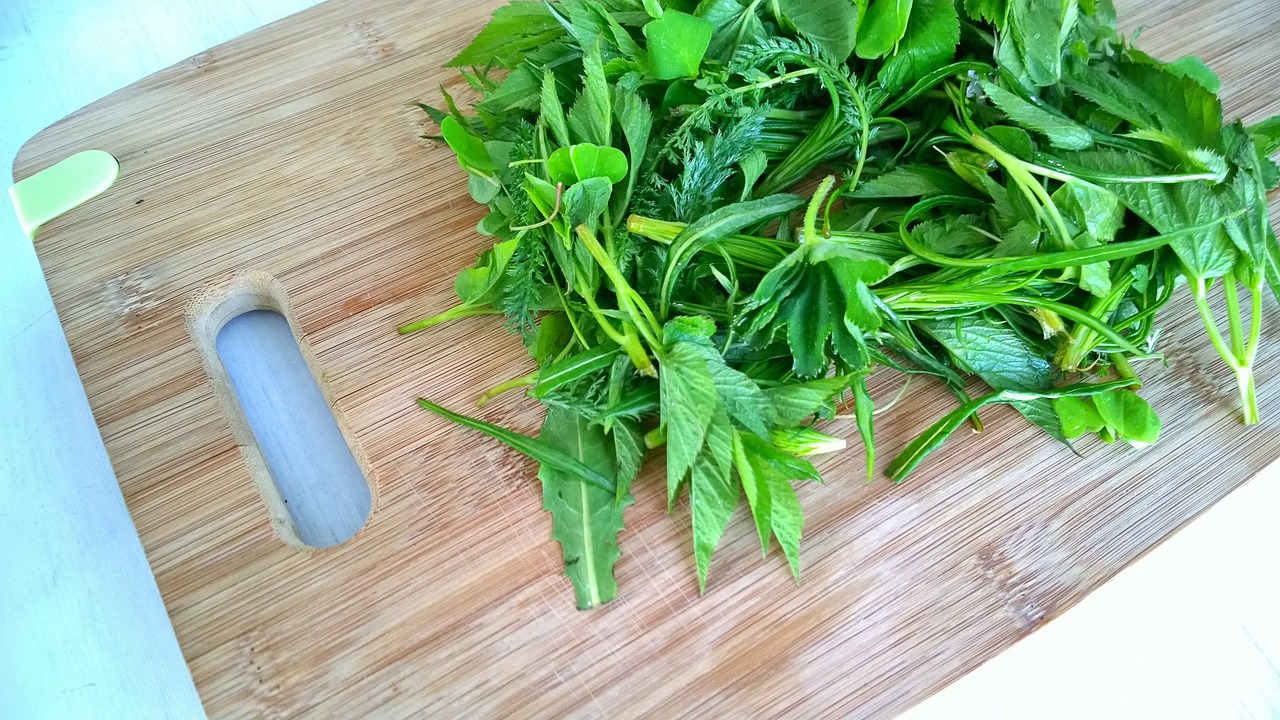
The Benefits of Simmering
When it comes to cooking, simmering is like the calm, collected sibling of boiling. While boiling is all about high heat and rapid movement, simmering takes a more gentle approach, allowing flavors to meld and develop beautifully over time. This method is particularly beneficial for dishes that require depth and complexity, such as soups, stews, and sauces. The low, steady heat of simmering not only preserves the integrity of the ingredients but also enhances their natural flavors, making every bite a delightful experience.
One of the primary benefits of simmering is its ability to extract flavors without the risk of overcooking. When you simmer, you create a controlled environment where the ingredients can release their essential oils and flavors gradually. This is especially important for tougher cuts of meat, which benefit from the long, slow cooking process. As the meat simmers, it becomes tender and infused with the flavors of any herbs, spices, or vegetables you add to the pot.
Moreover, simmering is an excellent way to retain nutrients in your food. High temperatures can often destroy vitamins and minerals, especially in delicate ingredients like vegetables. By simmering at a lower temperature, you allow the food to cook through without losing its nutritional value. This method is perfect for creating healthy, wholesome meals that are as nourishing as they are delicious.
Here's a quick comparison of boiling and simmering to highlight their differences:
| Aspect | Boiling | Simmering |
|---|---|---|
| Temperature | 100°C (212°F) | 85-95°C (185-203°F) |
| Cooking Time | Quick | Slow |
| Flavor Development | Less depth | More depth |
| Nutrient Retention | Lower | Higher |
In summary, simmering is not just a cooking technique; it's a culinary art form that allows you to create dishes that are rich in flavor and nutrients. So, next time you're in the kitchen, consider taking the slow road with simmering. Your taste buds and your body will thank you!
- What is the ideal temperature for simmering? Simmering typically occurs at temperatures between 85-95°C (185-203°F).
- Can I simmer without a lid? Yes, but covering the pot can help maintain heat and moisture, leading to more efficient cooking.
- How long should I simmer my dish? The simmering time can vary depending on the ingredients, but generally, it can range from 30 minutes to several hours for tougher meats.
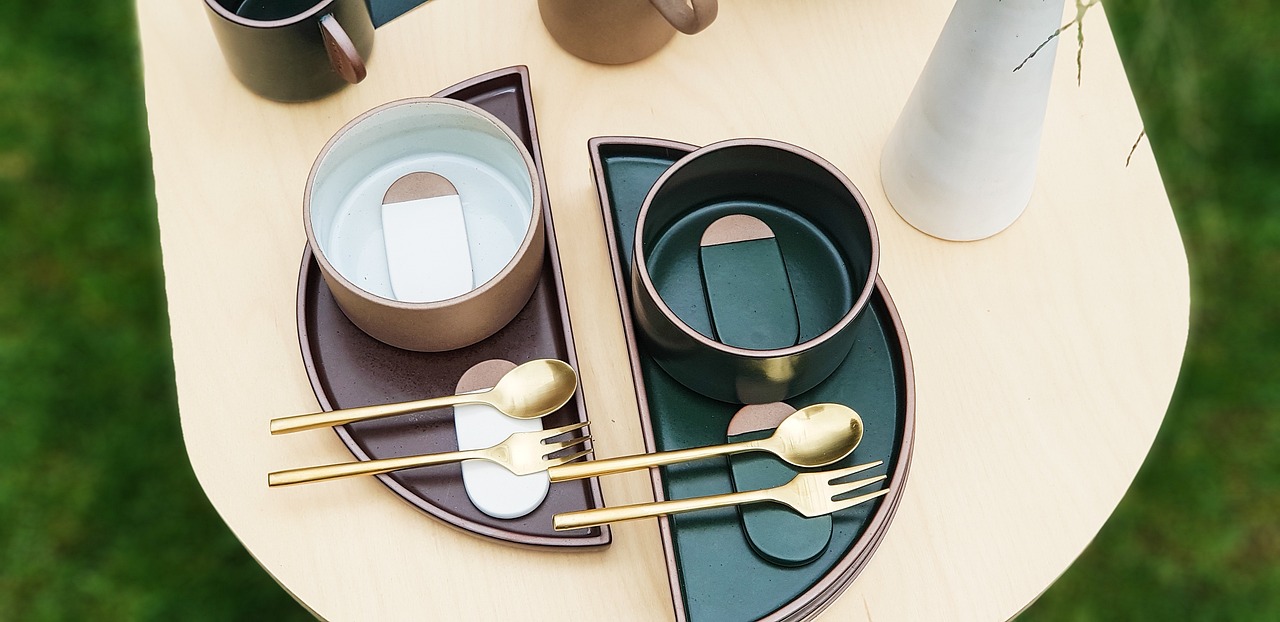
Temperature and Flavor Development
Water temperature plays a significant role in flavor extraction during cooking, acting almost like a conductor in an orchestra, guiding the flavors to harmonize beautifully. When you think about it, cooking is not just about heating food; it's about drawing out and enhancing the natural flavors locked within. Different temperatures can either amplify or mute these flavors, making it essential for any cook to understand how to manipulate heat to achieve the desired results.
For instance, when you're making a broth or stock, starting with cold water and gradually heating it allows the flavors from bones, vegetables, and herbs to be extracted slowly. This gentle approach results in a rich, deep flavor profile. On the other hand, if you were to boil the ingredients immediately, you might end up with a less nuanced taste, as the rapid heat can cause the flavors to dissipate too quickly. This is a classic example of how temperature control can make or break a dish.
Another fascinating aspect is how temperature affects the extraction of flavors from herbs and spices. The heat can release essential oils and compounds that contribute to the overall flavor. For example, adding fresh basil to a dish at the end of cooking will give you a brighter, more vibrant flavor compared to adding it at the beginning, where the heat may cause it to lose its potency. Similarly, spices like cinnamon or cloves release their flavors more effectively when simmered gently, allowing them to infuse the dish without becoming overpowering.
To illustrate the relationship between temperature and flavor development, consider the following table:
| Temperature Range (°F) | Cooking Method | Flavor Impact |
|---|---|---|
| 140-160 | Slow Simmer | Enhances depth of flavor, ideal for stocks and soups |
| 180-212 | Boiling | Can mute flavors, good for pasta and blanching |
| 160-180 | Gentle Poaching | Preserves delicate flavors, great for fish and eggs |
| Over 212 | Rapid Boil | Extracts flavors quickly but may result in loss of nuance |
Understanding these nuances can significantly elevate your cooking game. For example, when preparing grains like rice or quinoa, the temperature of the water impacts not just the cooking time but also the texture and flavor. Cooking rice in boiling water yields a different texture compared to cooking it in simmering water, which allows for a creamier, more flavorful result. The same goes for pasta; a rolling boil will cook it quickly, but a gentle simmer can help it absorb more flavor from the sauce.
In summary, mastering the relationship between temperature and flavor is essential for any home cook looking to create delicious, well-balanced dishes. By paying attention to how heat influences the extraction and development of flavors, you can elevate your culinary creations to new heights, ensuring that every bite is a delightful experience.
- How does temperature affect the cooking time of pasta?
Pasta cooks faster in boiling water compared to simmering. Boiling water allows for a rapid cooking process, while simmering provides a gentler approach that can enhance flavor absorption. - Can I use cold water for making stocks?
Yes, starting with cold water allows for a gradual extraction of flavors from the ingredients, resulting in a richer and more complex stock. - What is the best temperature for poaching eggs?
The ideal temperature for poaching eggs is around 160-180°F, which helps to cook the whites without overcooking the yolks, resulting in a tender texture.

Herbs and Spices
When it comes to cooking, are the unsung heroes that can elevate a dish from bland to extraordinary. But did you know that the temperature of the water you use during cooking can significantly impact the flavor extraction from these aromatic ingredients? It's true! The science behind this is fascinating and can totally change the way you approach your culinary creations.
Herbs and spices release their essential oils and flavors at different temperatures. For instance, when you add fresh herbs to a dish at the beginning of the cooking process, the high heat can sometimes cause their delicate flavors to dissipate. On the other hand, adding herbs towards the end of cooking allows their vibrant flavors to shine through. This is particularly true for herbs like basil and cilantro, which are often best enjoyed fresh.
Now, let's talk about spices. These are generally more robust than herbs and can withstand higher temperatures. However, even with spices, there’s a sweet spot for extraction. Cooking spices in hot oil or water can help release their flavors, but if the temperature is too high, they can become bitter. For example:
| Spice | Optimal Temperature | Flavor Notes |
|---|---|---|
| Cumin | Medium Heat | Earthy and nutty |
| Cinnamon | Low to Medium Heat | Warm and sweet |
| Black Pepper | Medium Heat | Pungent and spicy |
When preparing a dish, consider the timing of when you add your herbs and spices. If you're making a soup or stew, adding spices at the beginning can help build a rich base flavor, while adding fresh herbs just before serving can provide a burst of freshness. This technique not only enhances the taste but also preserves the vibrant colors and essential nutrients of the herbs.
Another important factor to consider is the method of infusion. For instance, if you’re making a herbal tea or broth, steeping herbs in hot water at a controlled temperature can maximize flavor extraction. The general rule of thumb is to steep delicate herbs like mint or chamomile at lower temperatures (around 190°F or 88°C) for a shorter time, while heartier herbs like rosemary and thyme can handle hotter water (around 212°F or 100°C) for longer periods.
In summary, the relationship between water temperature and the flavor extraction of herbs and spices is a dynamic one. By understanding how temperature affects these ingredients, you can optimize your cooking techniques, ensuring that every dish you create is bursting with flavor. So, the next time you're in the kitchen, remember that a little temperature control can go a long way in enhancing your culinary masterpieces!
- What is the best way to store herbs and spices? - Store them in a cool, dark place in airtight containers to maintain their flavor.
- Can I use dried herbs instead of fresh? - Yes, but remember that dried herbs are more concentrated, so use less.
- How can I enhance the flavor of spices? - Toasting spices in a dry pan before adding them to your dish can enhance their flavor significantly.
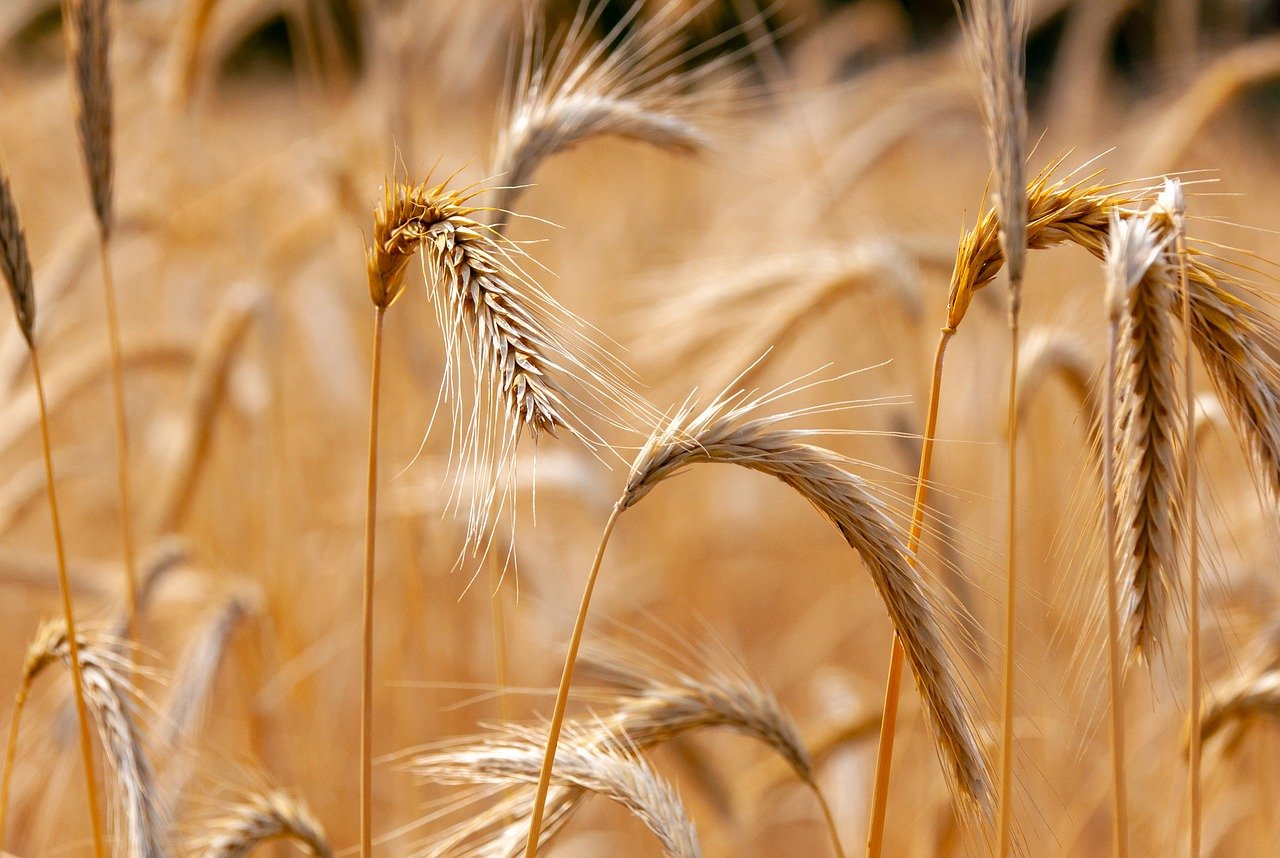
Cooking Grains
Cooking grains is an art and a science, and understanding the impact of water temperature is key to achieving the perfect texture and flavor. Different grains require specific temperatures for optimal cooking, and getting this right can make all the difference in your dishes. For instance, when cooking rice, the water should be brought to a rolling boil before being reduced to a simmer, allowing the grains to absorb moisture evenly. This process not only ensures that the rice cooks thoroughly but also enhances its flavor profile.
Let’s take a closer look at some common grains and their ideal cooking temperatures:
| Grain | Ideal Water Temperature | Cooking Time |
|---|---|---|
| White Rice | 212°F (100°C) | 18-20 minutes |
| Brown Rice | 212°F (100°C) | 40-45 minutes |
| Quinoa | 200°F (93°C) | 15-20 minutes |
| Barley | 200°F (93°C) | 30-40 minutes |
As you can see, the temperature at which you cook grains can vary, and it's essential to adjust your methods accordingly. For example, quinoa cooks best in slightly lower temperatures, which helps it maintain its delicate texture and nutty flavor. On the other hand, both white and brown rice benefit from the vigorous heat of boiling water to initiate the cooking process, followed by a gentle simmer to finish cooking through.
Moreover, soaking grains before cooking can also affect the outcome. Soaking not only reduces cooking time but can also enhance the texture and digestibility of the grains. For instance, soaking beans or lentils can significantly cut down on their cooking time and help them cook more evenly. However, be cautious with soaking times; too long can lead to mushy grains. A good rule of thumb is to soak overnight for legumes and a few hours for grains like barley.
In summary, the temperature at which you cook grains is vital for achieving the desired results. By paying attention to these details, you can elevate your dishes from good to extraordinary. Whether you’re preparing a simple side of rice or a hearty grain salad, understanding the nuances of cooking temperatures will help you create delicious and perfectly cooked grains every time.
- What is the best way to cook rice? Start by rinsing the rice to remove excess starch, then bring water to a boil, add the rice, and reduce to a simmer for the specified time.
- Why is my quinoa mushy? Quinoa can become mushy if it is cooked at too high a temperature or for too long. Aim for a gentle simmer.
- Should I soak grains before cooking? Yes, soaking can reduce cooking time and improve the texture, especially for legumes.
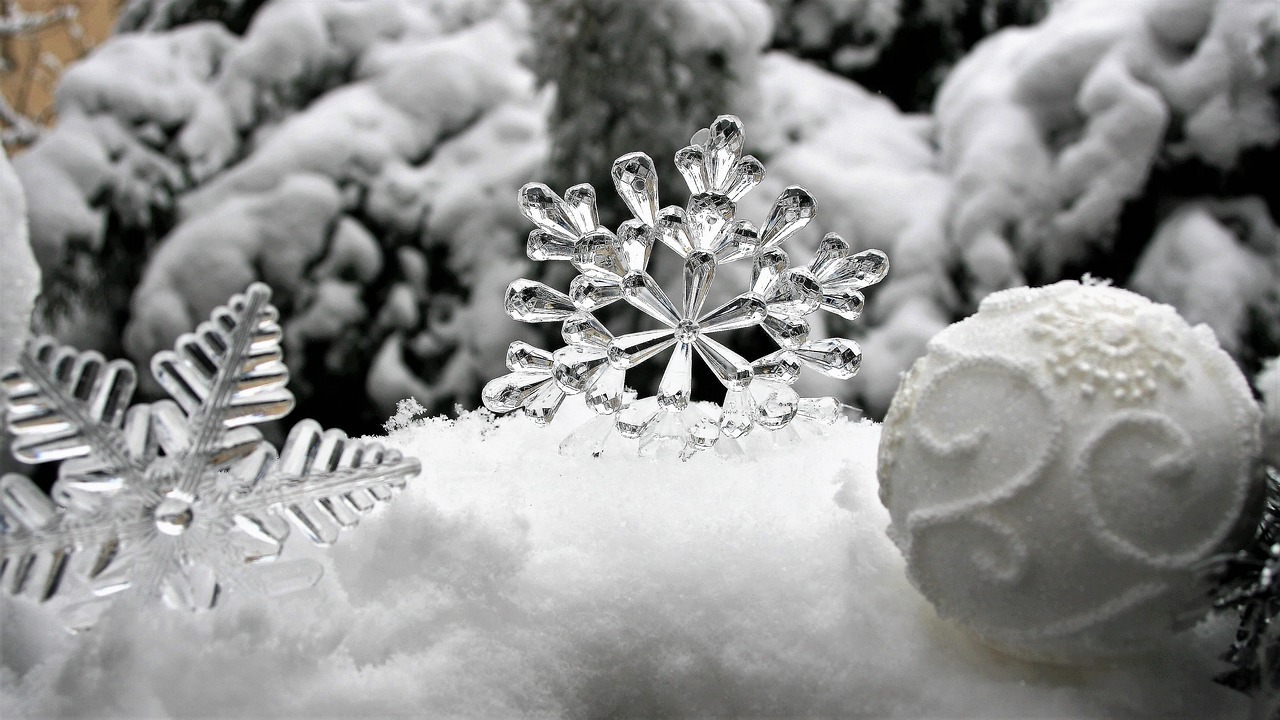
Water Temperature and Nutrient Retention
When it comes to cooking, the temperature of the water you use can significantly impact the nutritional value of your food. Many people overlook this aspect, but understanding how water temperature affects nutrient retention can elevate your cooking game. For instance, cooking vegetables in boiling water may lead to a vibrant color, but it often results in a loss of essential vitamins and minerals. So, what's the best approach to retain those nutrients while still achieving delicious flavors?
Cooking at high temperatures can cause certain vitamins, particularly vitamin C and some B vitamins, to break down. This is especially true when vegetables are submerged in boiling water for extended periods. On the other hand, cooking at lower temperatures, such as simmering, can help preserve these sensitive nutrients. To illustrate this point, let's take a look at a few common vegetables and how their nutrient retention varies with different cooking methods:
| Vegetable | Boiling (Nutrient Loss %) | Steaming (Nutrient Loss %) | Simmering (Nutrient Loss %) |
|---|---|---|---|
| Broccoli | 50% | 30% | 20% |
| Carrots | 40% | 25% | 15% |
| Spinach | 60% | 35% | 25% |
As highlighted in the table, boiling can lead to significant nutrient loss, particularly in delicate greens like spinach. In contrast, methods like steaming and simmering provide a better balance of flavor and nutrient retention. So, if you're aiming to keep your meals both tasty and healthy, consider adjusting your cooking methods accordingly.
Moreover, proteins are also sensitive to water temperature. Overcooking protein-rich foods can lead to a loss of vital nutrients. For instance, when cooking eggs, if you boil them too long, you risk not only a rubbery texture but also a decrease in their nutritional profile. Instead, cooking them gently in simmering water can help maintain both their texture and nutritional integrity.
Ultimately, the key takeaway here is that water temperature is not just a background player in the cooking process; it's a crucial factor that can determine the final nutritional value of your dishes. By becoming more mindful of how you use water in your cooking, you can ensure that your meals are not only delicious but also packed with the nutrients your body needs.
- What is the best cooking method to retain nutrients? Generally, steaming and simmering are better methods for retaining nutrients compared to boiling.
- How does water temperature affect cooking time? Higher temperatures typically reduce cooking time, but they can also lead to nutrient loss.
- Are there specific vegetables that retain more nutrients when boiled? Leafy greens tend to lose a significant amount of nutrients when boiled, so it's best to avoid boiling them.
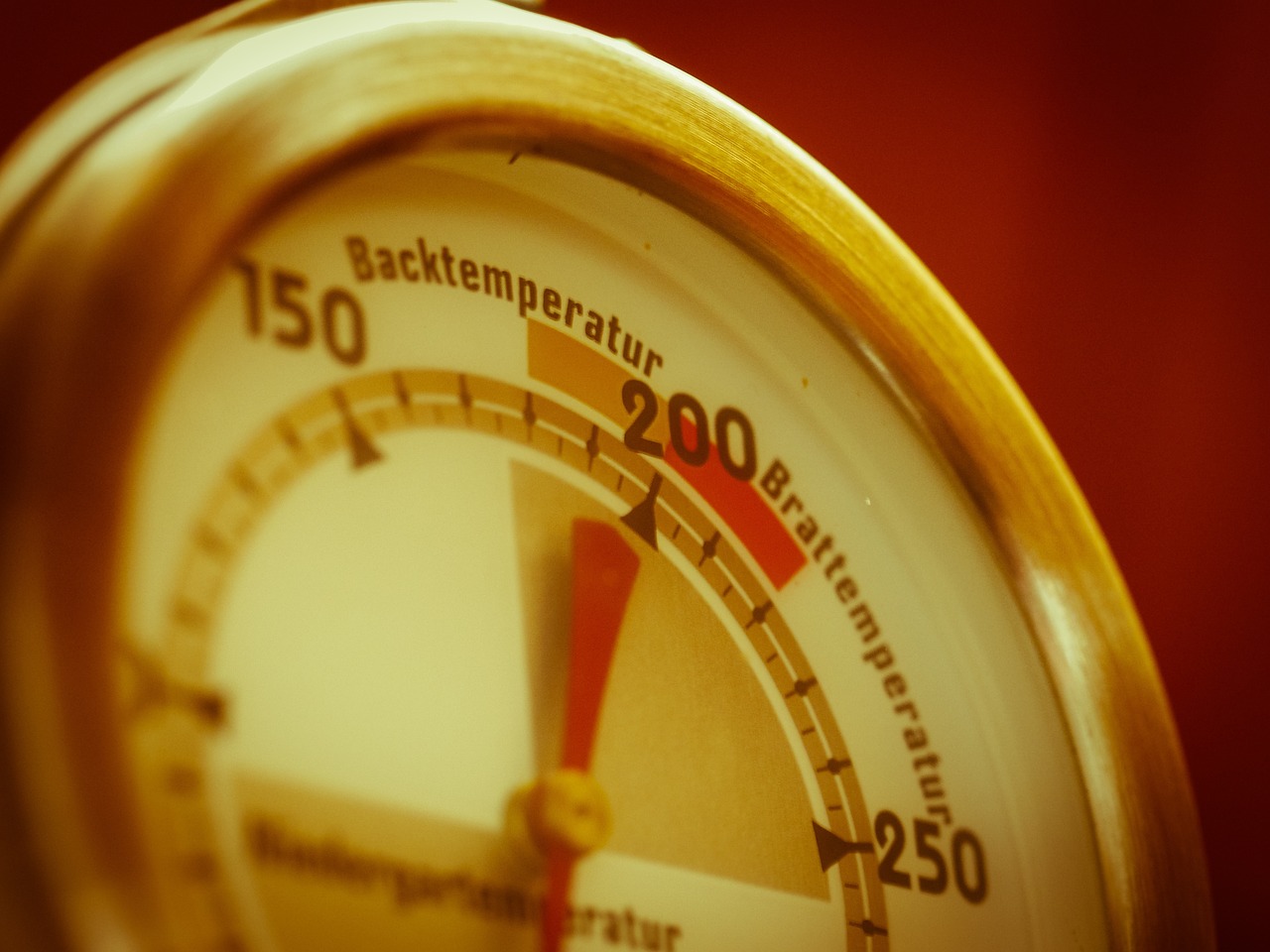
Vitamins and Minerals
When it comes to cooking, the temperature of the water plays a pivotal role in determining how well vitamins and minerals are retained in our food. Many of us are unaware that certain vitamins, particularly water-soluble vitamins like Vitamin C and the B vitamins, are highly sensitive to heat and can easily leach into cooking water. This means that if you're boiling vegetables, you might be losing a significant amount of their nutritional value. For example, boiling broccoli can reduce its Vitamin C content by up to 50%. Can you imagine missing out on all that goodness just because of a little heat?
On the other hand, some minerals are less affected by cooking temperatures. Minerals such as calcium and potassium tend to remain stable during the cooking process. However, the method of cooking can still impact their availability. For instance, when you boil spinach, not only do you lose some of its vitamins, but the oxalic acid present can bind to calcium, making it less absorbable by our bodies. It's a classic case of what you gain and what you lose.
To retain as many nutrients as possible, consider these cooking methods:
- Steaming - This method is great for preserving both vitamins and minerals, as it minimizes contact with water.
- Sautéing - Cooking vegetables quickly over high heat can help lock in nutrients, especially when using a small amount of oil.
- Microwaving - This method often requires less water and shorter cooking times, which can help retain more nutrients.
It's also essential to think about the cooking time. The longer you cook your food, the more nutrients you risk losing. For example, a quick stir-fry might retain more nutrients than a lengthy stew. So, if you're aiming to keep your meals as nutritious as possible, consider how you can adjust your cooking methods and times to protect those precious vitamins and minerals.
In summary, understanding how water temperature affects the retention of vitamins and minerals can significantly enhance your cooking. By making informed choices about cooking methods and times, you can ensure that your meals are not just delicious but also packed with essential nutrients that contribute to your overall health.
- Q: What cooking method retains the most vitamins?
A: Steaming is often considered the best method for retaining vitamins, as it minimizes exposure to water and heat. - Q: Are there any vitamins that are heat stable?
A: Yes, fat-soluble vitamins like A, D, E, and K are generally more heat stable than water-soluble vitamins. - Q: How can I reduce nutrient loss while cooking?
A: Use less water, cook for shorter times, and try methods like steaming or microwaving to minimize nutrient loss.
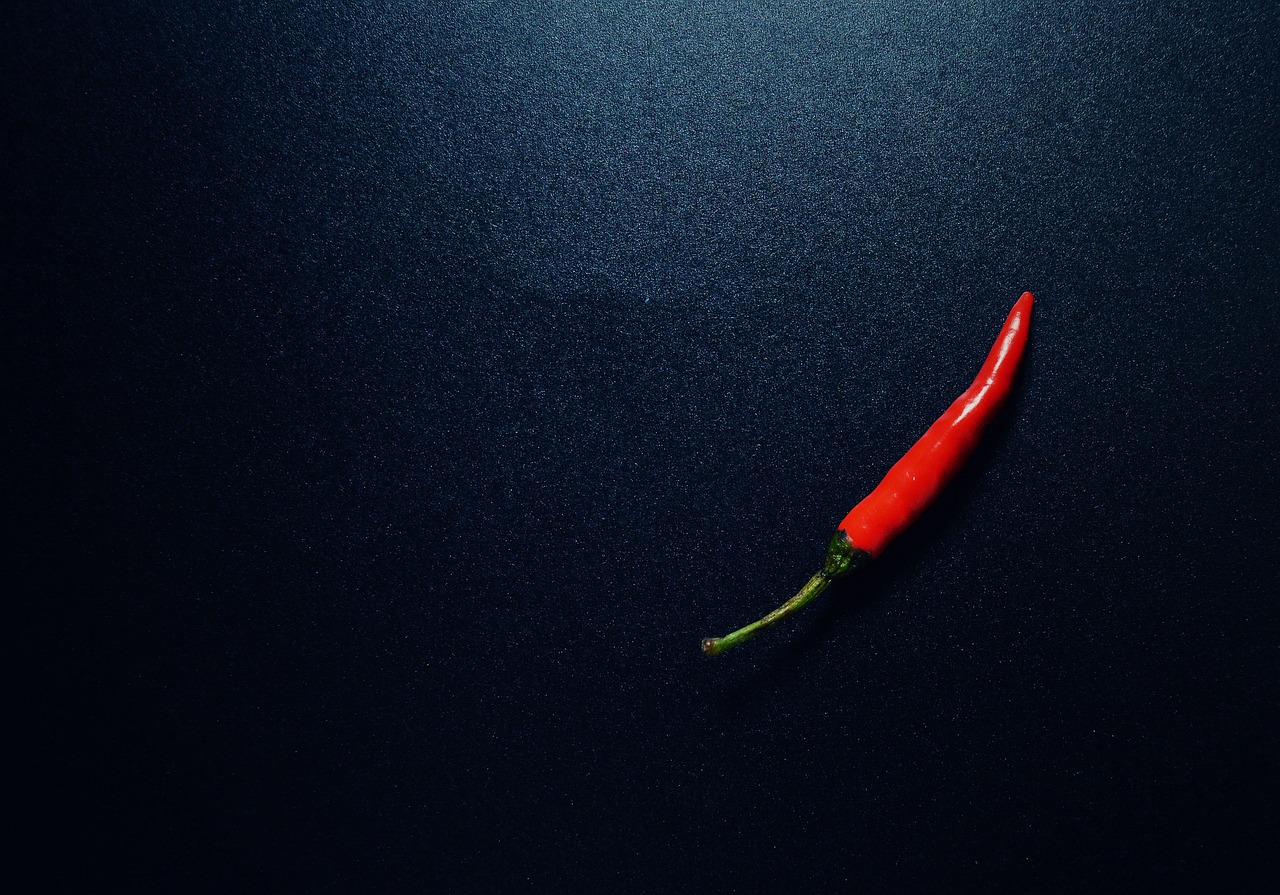
Impact on Proteins
When it comes to cooking, the temperature of the water can significantly affect the integrity and nutritional quality of protein-rich foods. Proteins, which are essential for our body's growth and repair, are sensitive to heat. Cooking proteins at the right temperature is crucial; too high, and you risk denaturing them, while too low can result in undercooked food that may harbor harmful bacteria.
Denaturation is a process where proteins lose their natural structure due to heat. This can lead to changes in texture and flavor. For instance, when cooking meat, if the water temperature exceeds 160°F (71°C), the proteins begin to unravel, resulting in a tougher texture. Conversely, cooking at lower temperatures, such as in sous-vide methods, allows proteins to cook evenly without losing moisture or tenderness.
Additionally, different types of proteins react differently to heat. For example, fish typically cooks faster than beef or chicken due to its delicate protein structure. Here’s a quick overview of how various proteins respond to water temperatures:
| Protein Source | Optimal Cooking Temperature (°F) | Texture Outcome |
|---|---|---|
| Chicken | 165 | Juicy and tender |
| Beef | 145 | Varies from tender to tough |
| Fish | 145 | Flaky and moist |
| Eggs | 160 | Soft and creamy |
Moreover, cooking methods such as boiling, poaching, or simmering can influence the final outcome of protein dishes. For example, boiling meat can lead to a loss of flavor and nutrients, while simmering allows for a gradual cooking process that helps retain moisture and enhances flavor. It's a delicate balance that requires attention to detail.
In summary, understanding the impact of water temperature on proteins is essential for anyone looking to elevate their cooking skills. By mastering the art of temperature control, you can ensure that your dishes not only taste great but also provide the necessary nutrients your body needs.
- What is the best temperature to cook chicken? The safe cooking temperature for chicken is 165°F (71°C).
- Can you cook fish at a lower temperature? Yes, fish can be cooked at lower temperatures, but it should reach at least 145°F (63°C) for safety.
- How does cooking time change with temperature? Cooking times decrease as water temperature increases; however, it's important to monitor the doneness to avoid overcooking.
- What happens if I cook proteins at too high a temperature? Cooking proteins at too high a temperature can lead to a tough texture and loss of flavor.
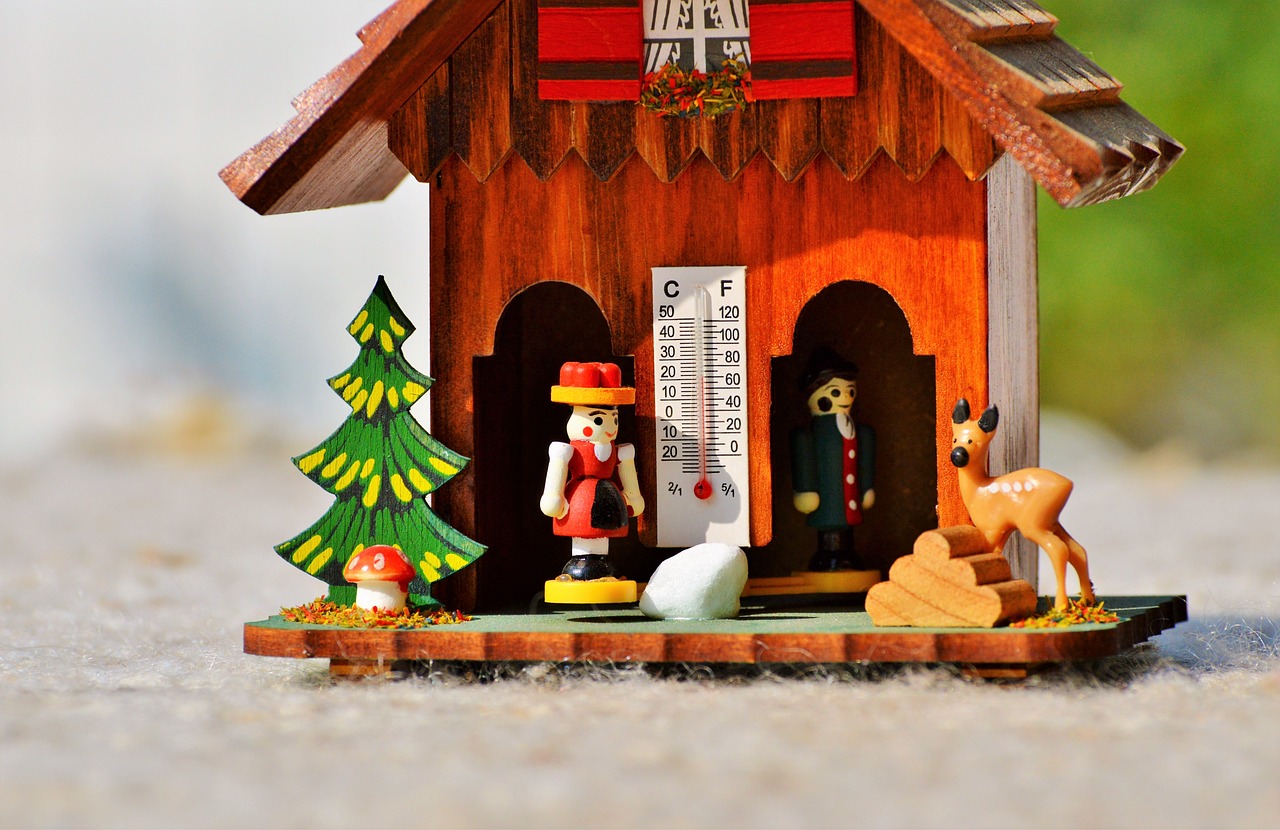
Practical Tips for Home Cooking
Cooking at home can be a delightful experience, especially when you understand how to manage water temperature effectively. It may sound simple, but the right temperature can transform your meals from mediocre to mouthwatering. So, how can you ensure you're hitting those sweet spots? Let’s dive into some practical tips that can elevate your cooking game.
First and foremost, investing in a good quality cooking thermometer can be a game changer. Why? Because precision is key! Many home cooks rely on guesswork, but a thermometer can help you achieve the perfect temperature for boiling, simmering, or even poaching. For instance, when you’re boiling pasta, the water should be at a rolling boil, around 212°F (100°C). Using a thermometer not only helps with accuracy but also gives you confidence in your cooking.
Another essential tip is to adjust your cooking times based on the water temperature. Did you know that cooking pasta in water that’s not hot enough can lead to a mushy texture? The same principle applies to other ingredients as well. For example, if you’re simmering a sauce, keeping the temperature low and slow allows the flavors to meld beautifully, while a high temperature might scorch your sauce and ruin that rich flavor profile. Understanding these nuances can help you master your kitchen.
When cooking grains, such as rice or quinoa, water temperature is crucial. For perfect rice, you should bring the water to a boil, then reduce it to a simmer. This technique not only cooks the grains evenly but also enhances their texture. If you’re dealing with whole grains, they often require a longer cooking time and a higher water-to-grain ratio, so keep that in mind. Here’s a quick reference table for cooking grains:
| Grain | Water Temperature | Cooking Time |
|---|---|---|
| White Rice | Boiling (212°F / 100°C) | 15-20 minutes |
| Brown Rice | Boiling (212°F / 100°C) | 40-50 minutes |
| Quinoa | Boiling (212°F / 100°C) | 15 minutes |
Moreover, be mindful of your ingredients. For herbs and spices, the extraction of flavors is highly temperature-dependent. If you want to infuse your dishes with aromatic herbs, consider adding them at different stages of cooking. For example, adding fresh basil at the end of cooking preserves its vibrant flavor, while dried herbs can be added earlier to release their oils and deepen the dish's flavor profile.
Lastly, don’t forget about the importance of letting your food rest after cooking. This is especially true for meats. Resting allows the juices to redistribute, resulting in a juicier and more flavorful meal. Just like a good book needs time to settle before you dive into its pages, your food deserves the same attention.
1. How can I tell if my water is at the right temperature for cooking?
Using a thermometer is the most accurate method, but you can also look for visual cues. For boiling, the water should have large bubbles and a rolling surface. For simmering, look for small bubbles rising gently.
2. Does the type of pot or pan affect water temperature?
Absolutely! Different materials conduct heat differently. For example, stainless steel heats quickly, while cast iron retains heat longer, which can affect cooking times and temperatures.
3. Can I use a microwave to heat water for cooking?
Yes, you can! Just be cautious, as microwaved water can heat unevenly. Stirring the water can help ensure it's at a consistent temperature.

Using a Thermometer
When it comes to cooking, precision is key, and that’s where a cooking thermometer comes into play. Imagine trying to bake a cake without knowing if your oven is at the right temperature. Frustrating, right? A thermometer helps eliminate that guesswork, ensuring that you achieve the perfect results every time. Whether you're boiling, simmering, or frying, using a thermometer can make all the difference.
There are various types of cooking thermometers available, each suited for different cooking methods. For instance, a digital instant-read thermometer is perfect for meats, allowing you to get an accurate reading in seconds. On the other hand, a probe thermometer can be left in the food while it cooks, providing continuous temperature readings. This way, you can monitor the cooking process without opening the oven door, which can lead to heat loss.
To effectively use a thermometer, follow these simple steps:
- Calibrate: Before using your thermometer, make sure it's calibrated correctly. You can do this by placing it in ice water and ensuring it reads 32°F (0°C) or in boiling water at 212°F (100°C).
- Insert Properly: For accurate readings, insert the thermometer into the thickest part of the food, avoiding bones and fat, which can give misleading results.
- Check Frequently: Don’t just take a reading once. Check the temperature at different points to ensure even cooking.
By keeping an eye on the temperature, you can avoid overcooking or undercooking your dishes. For example, when cooking chicken, the USDA recommends an internal temperature of 165°F (74°C) for safe consumption. Using a thermometer not only ensures safety but also helps retain the moisture and flavor of the meat, making your dishes more enjoyable.
In summary, a cooking thermometer is an invaluable tool in any kitchen. It empowers you to take control of your cooking process, enhancing both flavor and safety. So, next time you step into the kitchen, don't forget to grab your thermometer—your taste buds will thank you!
1. Why is it important to use a thermometer in cooking?
Using a thermometer ensures that food is cooked to the right temperature, which is crucial for food safety and achieving the desired taste and texture.
2. What type of thermometer is best for home cooking?
A digital instant-read thermometer is often recommended for its speed and accuracy, but a probe thermometer is also great for monitoring long cooking processes.
3. How do I know if my thermometer is accurate?
You can check its accuracy by calibrating it in ice water or boiling water, ensuring it reads the correct temperatures.
4. Can I use a regular kitchen thermometer for candy-making?
No, it's best to use a candy thermometer for making candy, as it can measure higher temperatures accurately.
5. What temperature should meat be cooked to for safety?
Different meats have different safe cooking temperatures. For example, chicken should be cooked to at least 165°F (74°C), while ground beef should reach 160°F (71°C).
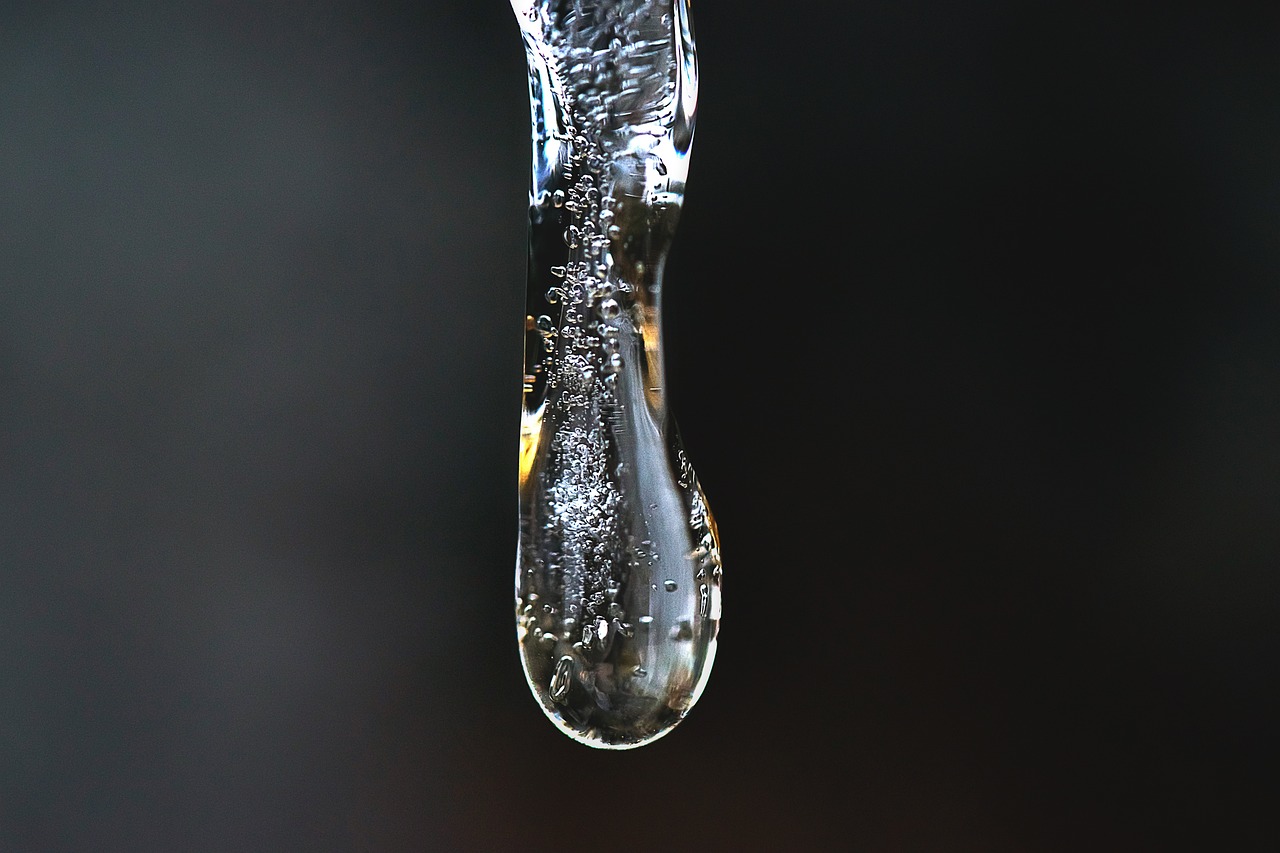
Adjusting Cooking Times
When it comes to cooking, understanding the relationship between water temperature and cooking times can elevate your culinary skills to new heights. Think of it this way: cooking is like a dance, and timing is everything. If you’re not in sync with the temperature, your dish might end up out of rhythm, leading to either undercooked or overcooked food. So, how can you ensure you’re hitting all the right notes?
First, it’s essential to recognize that different ingredients require different cooking times, especially when the temperature of the water changes. For instance, cooking pasta in boiling water typically takes around 8-12 minutes, depending on the type, while simmering it in water at a lower temperature can extend that time significantly. This is because boiling creates a rapid movement that cooks the pasta quickly, while simmering allows for a gentler approach, which can lead to a different texture.
Another critical factor is the size and shape of the ingredients. Larger pieces of meat or vegetables will naturally take longer to cook than smaller ones. When adjusting cooking times, consider the size and cut of your ingredients. For example, a whole chicken might take about an hour to boil, while chicken breasts could be done in just 15-20 minutes. Here’s a simple table to illustrate some common cooking times based on water temperature:
| Ingredient | Boiling (100°C / 212°F) | Simmering (85°C / 185°F) |
|---|---|---|
| Pasta | 8-12 minutes | 12-15 minutes |
| Vegetables (e.g., carrots) | 5-10 minutes | 10-15 minutes |
| Chicken Breast | 15-20 minutes | 25-30 minutes |
| Rice | 15-20 minutes | 20-25 minutes |
Moreover, using a cooking thermometer can be a game changer. By measuring the internal temperature of your food, you can ensure it’s cooked to perfection without relying solely on time. For instance, chicken should reach an internal temperature of 75°C (165°F) to be safe for consumption. This way, you can adjust your cooking times based on the actual temperature rather than just following a recipe blindly.
Finally, don’t forget about the importance of resting times. After cooking, letting your food sit for a few minutes can help redistribute the juices, especially in meats. This means that even if your cooking time was spot on, a little patience can make a world of difference in the final result. So, next time you’re in the kitchen, remember: adjusting cooking times based on water temperature and ingredient specifics is key to mastering your culinary creations!
- How can I tell if my water is boiling? Look for large bubbles rapidly breaking the surface and steam rising. A rolling boil is what you want for most cooking.
- What happens if I cook at too high a temperature? Cooking at excessively high temperatures can lead to overcooked, dry, or burnt food. It’s crucial to find the right balance.
- Can I adjust cooking times for frozen ingredients? Yes, frozen ingredients often require longer cooking times. Always check the specific guidelines for the ingredient you’re using.
Frequently Asked Questions
-
How does water temperature affect cooking?
Water temperature plays a crucial role in cooking by influencing the chemical reactions that occur during the process. Different temperatures can alter the flavor, texture, and nutritional value of food. For instance, boiling water cooks food quickly, while simmering allows for more controlled cooking, enhancing flavors without compromising texture.
-
What is the difference between boiling and simmering?
Boiling involves heating water to its boiling point (100°C or 212°F), resulting in rapid cooking. Simmering, on the other hand, occurs at lower temperatures (around 85°C or 185°F) and is a gentler method that allows for gradual cooking. This difference significantly impacts how food cooks, with simmering often leading to better flavor retention and texture.
-
Can boiling vegetables lead to nutrient loss?
Yes, boiling vegetables can lead to nutrient loss, particularly water-soluble vitamins like vitamin C and some B vitamins. The high temperatures and prolonged cooking times can cause these nutrients to leach into the water. To minimize nutrient loss, consider steaming or quickly blanching vegetables instead of boiling them for extended periods.
-
How does temperature affect flavor extraction from herbs and spices?
The extraction of flavors from herbs and spices is highly temperature-dependent. Higher temperatures can help release essential oils and flavors, but if the temperature is too high, it may also lead to bitterness. For optimal flavor infusion, it's best to heat herbs and spices at moderate temperatures, allowing their flavors to develop without becoming overpowering.
-
What role does water temperature play in cooking grains?
Water temperature is vital for cooking grains like rice and quinoa. Cooking grains at the right temperature ensures even cooking and optimal texture. For example, bringing water to a boil before adding rice can help achieve fluffy grains, while cooking quinoa at a simmer allows it to absorb water properly without becoming mushy.
-
How can I retain nutrients while cooking?
To retain nutrients, consider cooking methods that require less water and shorter cooking times, such as steaming or microwaving. Additionally, using the right water temperature can help preserve vitamins and minerals. For example, cooking vegetables quickly at high temperatures can minimize nutrient loss compared to prolonged boiling.
-
What is the best way to use a cooking thermometer?
A cooking thermometer is an invaluable tool for achieving the right temperature in your cooking. To use it effectively, insert the probe into the thickest part of the food without touching any bones. This ensures an accurate reading, helping you achieve perfectly cooked dishes every time.
-
How can I adjust cooking times based on water temperature?
Understanding the relationship between water temperature and cooking times can significantly enhance your culinary skills. If you're cooking at a higher temperature, you may need to reduce the cooking time. Conversely, if you're simmering, you might need to increase the time slightly to ensure thorough cooking. Always monitor your food closely to achieve the best results.

